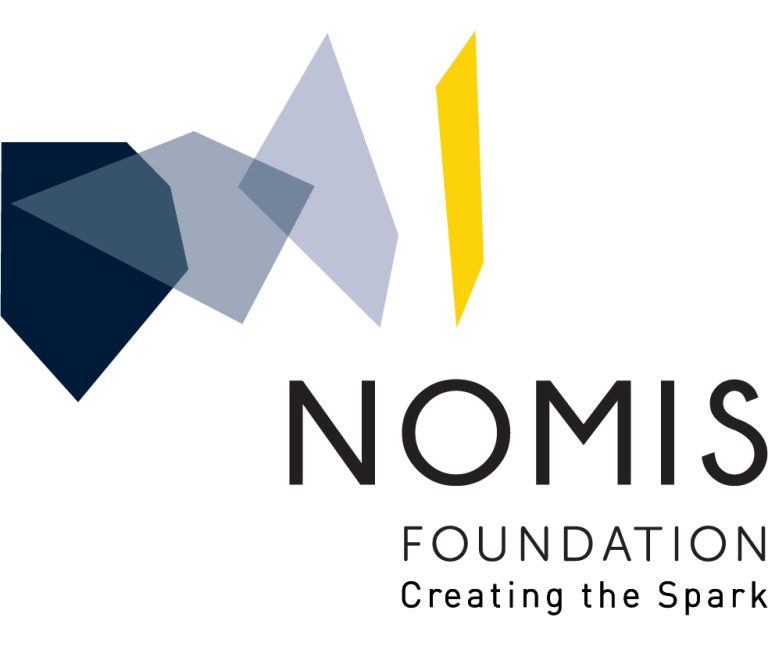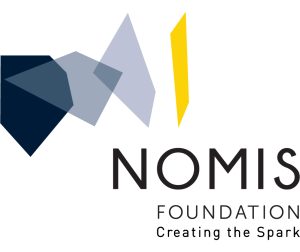Purpose
Sepsis is a leading cause of pediatric morbidity and mortality worldwide. Current guidelines recommend fluid bolus administration of 40–60 mL/kg as part of initial resuscitation, despite limited evidence and concerns about potential harm from high fluid volumes. The ANDES-CHILD pilot study hypothesizes that early initiation of inotropes is feasible and reduces fluid use compared to standard resuscitation.
Methods
Multicenter open label randomized controlled pilot trial conducted in three Pediatric Emergency Departments in Latin America. Children aged 28 days to 18 years with presumed septic shock will be randomized in a 1:1 ratio to receive either early adrenaline infusion after 20 mL/kg fluid bolus versus standard resuscitation with 40–60 mL/kg fluid bolus prior to initiating inotropes. The primary outcome is feasibility, with survival free of organ support censored at 28 days as the exploratory primary clinical outcome. The study will enroll 40 patients, representing approximately 10% of a full trial, with follow-up at 28 days. Baseline characteristics, adverse events and protocol violations will be summarized descriptively. Outcomes will be analyzed using difference estimates with 95% confidence intervals. An intention-to-treat approach will be used for statistical analysis.
Discussion
This pragmatic pilot study will generate essential data to evaluate the feasibility and guide the design of a full trial aimed to assessing the benefits of early inotrope use in pediatric septic shock. The study was registered on ClinicalTrials.gov prior to the start of recruitment (NCT06478797). Recruitment started on July 18, 2024.











